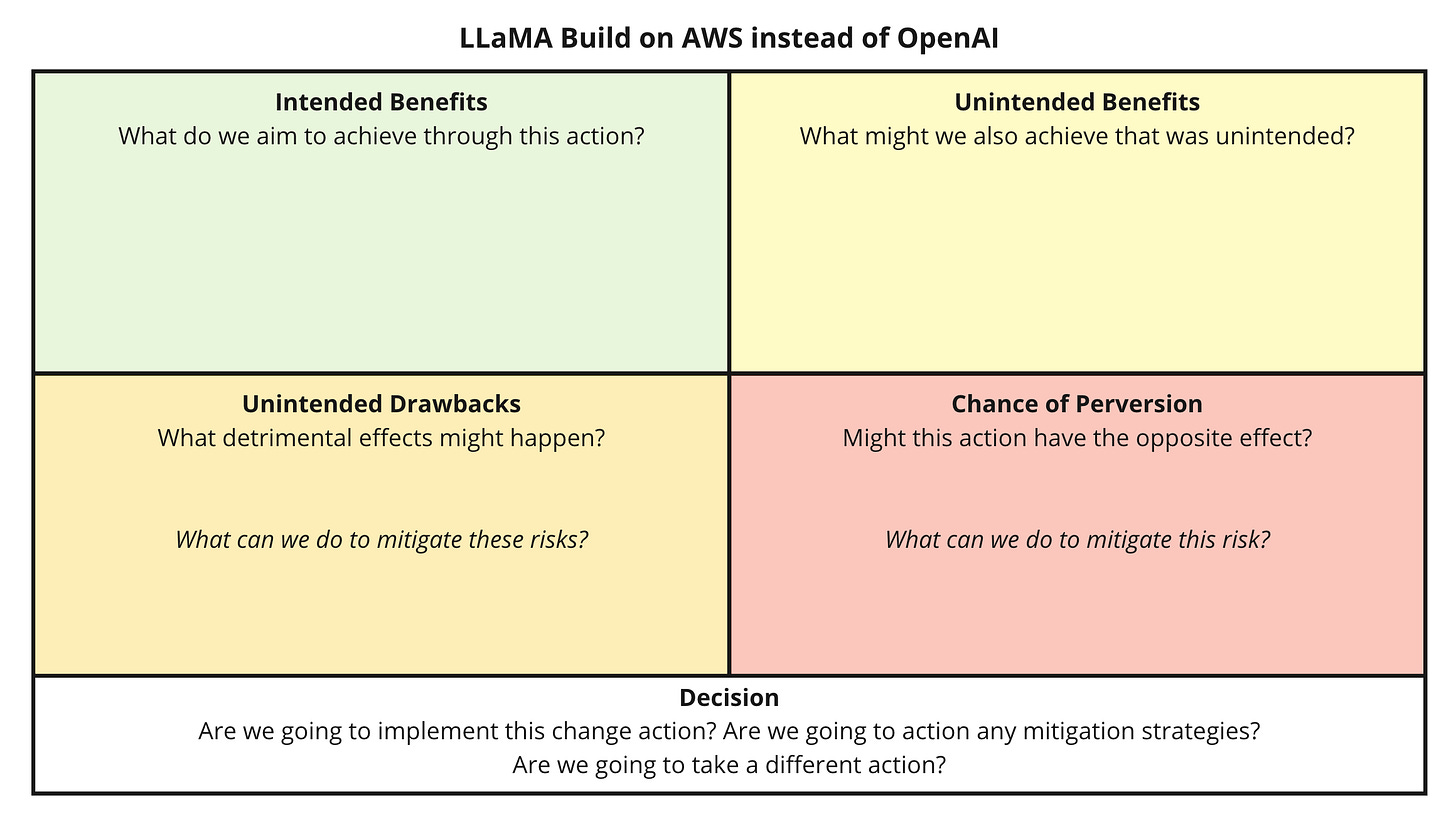When it comes to businesses we have developed three simple facts to remember called our “rules of change”
The rules of change:
Businesses/People typically don’t like change; they will tolerate it if they believe it will be worth it in the end and they see progress to towards that goal.
If businesses/people experience minor setbacks or don’t see continual progress, they will question the value of the change.
If businesses/people do choose to change, lasting change happens slowly.
If businesses/people are forced to change, they will try to change back.
In times of stress businesses/people will try to return to tried and tested methods or approaches assuming correlation implies causation.
Don’t believe me? Take a look at hybrid working. In the space of a week nearly every business went fully remote due to the COVID-19 lockdowns; some probably even tried to argue that they were essential businesses to remain open. Now several years after the last lockdown lifted, businesses are trying to pass 3-4 days a week in the office as “hybrid” working and some are mandating full returns to the office.
Their claims; that it is more efficient, improves collaboration, fosters community, etc. However these claims ring false in the ears of the younger generations in the workforce that grew up with digital communication and can thrive using it.
The world has changed since 2020; and as much as some may want to return to the ways of old - it won’t happen - but they were forced to change, and they are trying to change back because the world entered an economic downturn, and the last time they were in one of those they got out of it with people being in the office.
I’m not wanting to go into the debate about remote vs. in-person working; what I want to highlight is the law of unintended consequences.
As a result of businesses adopting both hybrid working and flexible hours, it has made it easier for employees with young families or other responsibilities to remain in the workforce; the majority of whom are women as well as other groups that may have been under represented, or previously couldn’t be present, in the “traditional” model of working [1].
This was an unintended benefit of the remote working forced upon businesses, and one that many are happy that they found. Fundamentally hybrid working made roles more inclusive.
This is a prime example of the law of unintended consequences. We will actually explore this further in a future post about the unintended benefits of Equity, Diversity, and Inclusion (EDI*) business practices and how to use the law of unintended consequences to promote EDI policies. If you want to be updated when this post goes live, if it isn’t already, you can do so by subscribing.
*Small note I use EDI over DEI because if equity is increased then theoretically the other two should be increased too. Making equity the first point highlights this fact.
What is “The Law of Unintended Consequences”
Its used a lot, and quoted a lot in different situations and circumstance, but I like this definition from Rob Norton [2].
The law of unintended consequences, often cited but rarely defined, is that actions of people, and especially of governments, always have effects that are unanticipated or "unintended." Economists and other social scientists have heeded its power for centuries; for just as long, politicians and popular opinion have largely ignored it.
- Rob Norton
From my experience this applies to businesses too because at their core businesses are microcosms of society and pseudo-governmental in nature.
The law of unintended consequences has three aspects to it [3]:
Unintended benefit: A positive unexpected benefit
Unintended drawback: An unexpected detriment occurring in addition to the desired effect.
Perverse result: When an intended solution makes a problem worse.
When we think about it, the law of unintended consequences also has an analogue in Sir Isaac Newton’s First and Third Laws of Motion.
Newton’s First Law of Motion
A body remains at rest, or in motion at a constant speed in a straight line, except insofar as it is acted upon by a force.
Newton’s Third Law of Motion
If two bodies exert forces on each other, these forces have the same magnitude but opposite directions.
Sir Isaac Newton - Philosophiæ Naturalis Principia Mathematica (1687)
This is where “Change Management” comes into play; Businesses won’t change unless something makes, or helps, them to change. At the most simple level Change Management is the process of helping bring about, and manage, that change. Why manage? Well because we know from the law of unintended consequences and Newton’s Third Law of Motion (paraphrasing as: every action has an equal and opposite reaction) we are going to experience resistance to change and we might get more than we bargained for when planning the change journey.
Part of the section above originally appeared in our post “What is Change Management?” which you can find here if you haven’t read it already.
How can “The Law of Unintended Consequences” help us navigate a change journey?
First let us remind ourselves of our rules for enacting change, so we can prepare for any change journey with the law of unintended consequences.
Rules for enacting change
Be Compassionate: We need to realise that change is scary for some; people fear what they don’t understand, and fight what they fear - as an agent of change you are the embodiment of the change that they will fight.
Be Responsive: We need to be willing to change our plan to reflect the current circumstances and ensure we reach the goal we want to achieve.
Be Adaptable: We need to be prepared for resistance to the change we are wanting to enact, be sympathetic to their concerns, and adapt as necessary.
Be Prepared: We need to consider as many of the consequences that may arise from, and during, the change as possible and plan accordingly.
You can remember these rules for enacting change, because if you don’t your delivery of the change strategy will be CRAP (yes, this was intentional).
Essentially we need to prepare, listen, as well as being flexible and compassionate; let’s show how the Law of Unintended Consequences can help us with this.
For any “Change Action” we are wanting to take we should make the following notes:
Change Action
Intended Benefit: What do we aim to achieve through this action?
Unintended Benefits: What might we also achieve that was unintended?
Unintended Drawbacks: What detrimental effects might happen?
What can we do to mitigate these risks?
Chance of Perversion: Might this action have the opposite effect?
What can we do to mitigate this risk?
We recommend creating a “Change Action Matrix” which looks like this to help frame your thinking, and can also be easily shared, run as an interactive session, or sketched on a piece of paper.
We should do this as soon as we think of a change action we wish to take. This is because we might list some unintended drawbacks and mitigation strategies that make us rethink our intended change action. Additionally by doing so you start thinking about the other side of your actions, and prepare yourself for any questions that might come from people who are resistant to the change.
For example, a business might make this Change Action Matrix among the change advocates for going fully remote as a business in order to save money.
As a result of doing this before any further discussions they realise that actually it is a false economy and actually could be more detrimental than positive; choosing instead to investigate downsizing office space rather than having no office at all.
At which point they should redo this Change Action Matrix for the hybrid working scenario and list potential drawbacks as preparation for a session with both advocates and detractors where they do this exercise as a group; for which they are prepared for some points of conflict in advance and have already thought through counter arguments through their mitigation strategies.
As we discussed in the main post “What is Change Management?” it is useful to bring in advocates and detractors of change into this conversation especially around the “unintended drawbacks” and “perverse result” so you can understand risks and aversions to the change action and plan accordingly. Additionally by bringing in detractors gives them an opportunity to highlight issues in a public setting with supporters, so they can’t claim midway through the journey that they weren’t consulted.
Let’s do one more example but for a company wanting to invest in deploying their own Large Language Model using LLaMA and AWS instead of using OpenAI.
In this example you would have thought through the potential negatives, or unintended drawbacks, of the decision ready for any questions that may be posed. By doing this you are prepared, and will look more professional as a technology leader, because you have thought through the decision from both a technical and business decision.
Balancing Technology & Business
It’s important to remember that as you increase seniority, the business is looking for you to balance the technological needs and the business needs; this is a hard adjustment to make, but using frameworks like this can help you clarify your thinking and be prepared even if you may feel uncomfortable in this situation at first.
I would argue that all technology leaders are agents of change, that’s because one of the primary sources of change within businesses is technology. Look at Large Language Models and their rapid adoption in 2023. Great technology leaders will not only have balanced the cost of action vs. inaction and made sure that businesses implemented this safely, but they would have looked to ensure that the business was aligned on its use prior to any wide scale investment in the technology. The last thing you want to do is spend thousands on a piece of technology that gathers digital dust because no one uses it for a reason you could have mitigated through this way of thinking.
This is one way of looking at this
This is one way in which you can think about planning a change journey, and we may present more in time. I like this method when you’re starting learning how to plan change journeys as it encapsulates the main pain points and prepares you fairly well. However, read around and find which works best for you.
Which ever method or framework you choose, over time this way of thinking will become second nature; and you aren’t alone there will be advocates of change, and stakeholders, who you can talk through these ideas with and prepare ahead of any presentation of change actions to a wider audience and any potential detractors.
Change is scary, even when you are the one changing.
If you enjoyed this article or found it interesting please consider subscribing, its free and helps me out. You will also be kept up to date when the next post of “The Technician’s MBA” goes live.
Grand. Thanks for your time.








